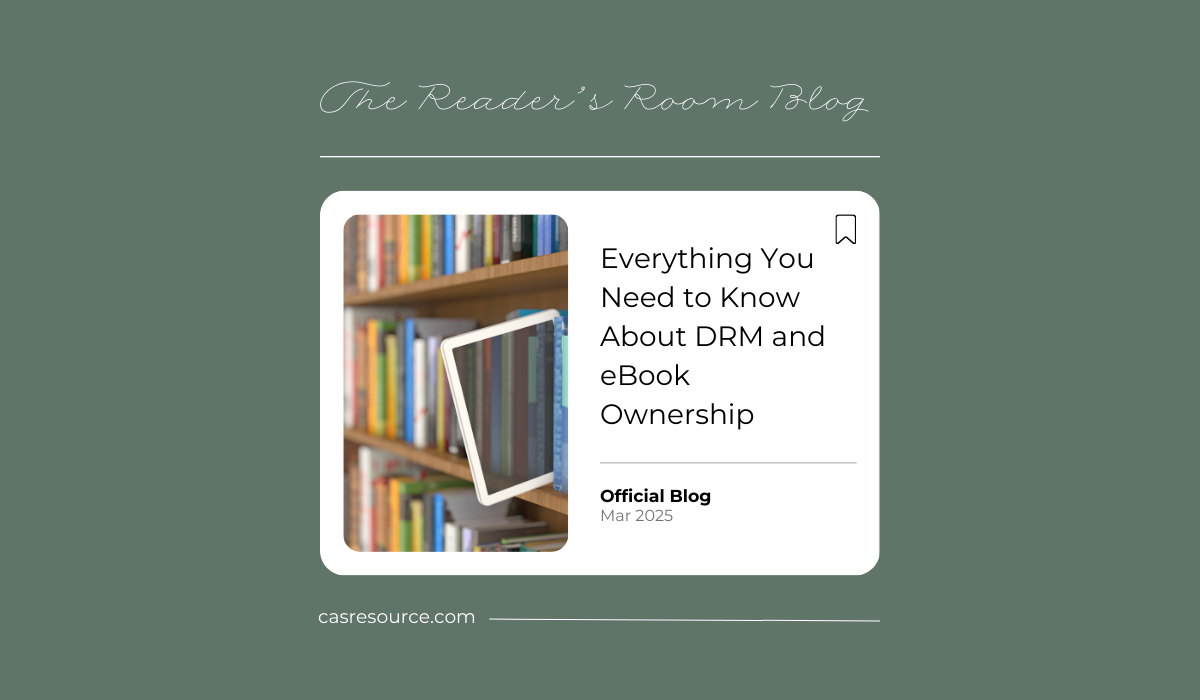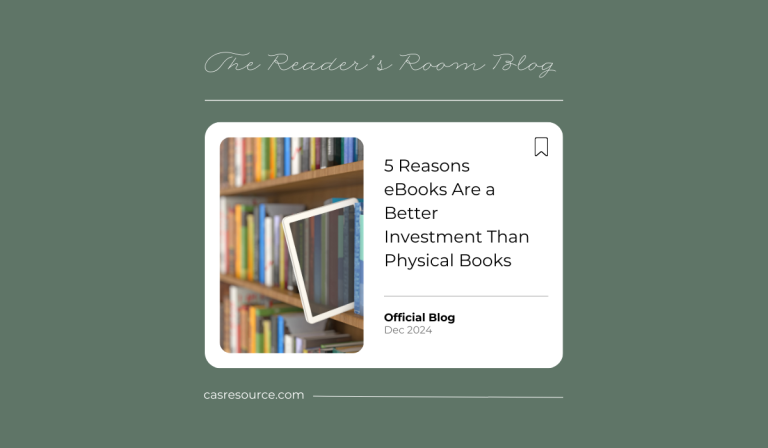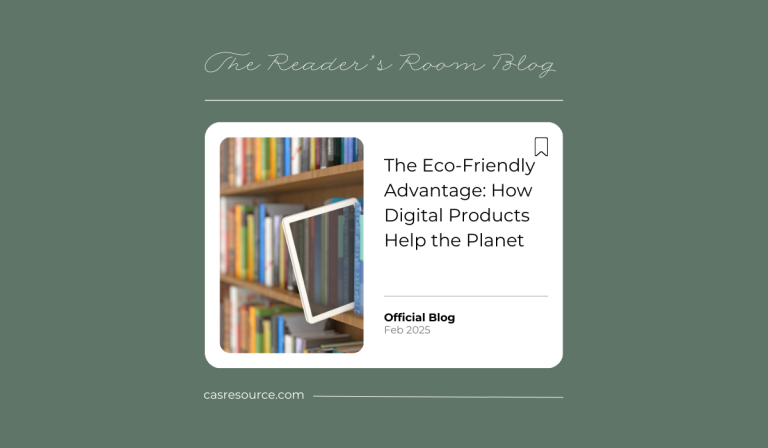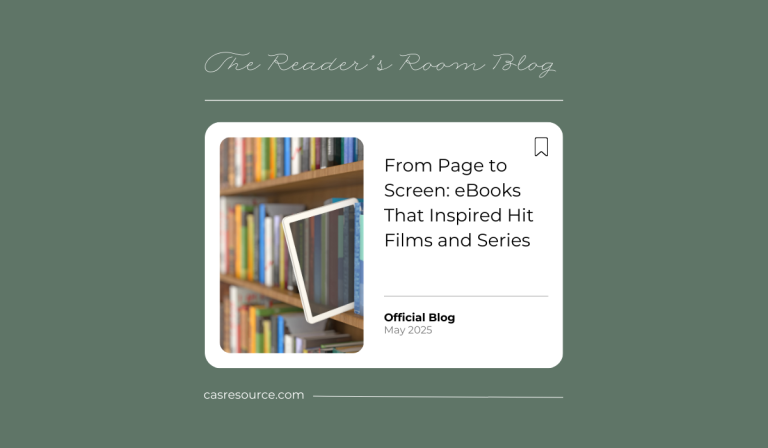Introduction: Why DRM and Ownership Matter
As digital reading becomes mainstream, so too do the challenges around how digital content is controlled. While many readers assume purchasing an eBook is akin to buying a physical book, the reality is often more complex. Much of the digital publishing world operates under a system called Digital Rights Management (DRM)—a controversial set of technologies that dictates what you can and can’t do with the books you buy. Understanding how DRM affects your rights as a reader is key to making informed, ethical, and practical purchasing decisions.
What Is DRM?
Definition and Core Purpose
Digital Rights Management (DRM) refers to technologies used by publishers and platforms to restrict how digital content—like eBooks, music, and video—is used. DRM is designed to prevent unauthorized copying, sharing, or modification of content.
Brief History of DRM in Publishing
DRM emerged in the late 1990s alongside the digital distribution boom. The publishing industry adopted DRM in response to concerns over piracy, especially with the rise of peer-to-peer networks and eBook file sharing. Major retailers implemented DRM as a default, prioritizing copyright protection over user flexibility.
How DRM Works in eBooks
Encryption and Access Control Mechanisms
DRM typically encrypts an eBook file so that it can only be read on specific apps or devices authorized by the distributor. This may involve user authentication, device registration, and restrictions on copying, printing, or converting the file.
Common Platforms That Enforce DRM
DRM is widely used by platforms like Amazon Kindle, Apple Books, Google Play Books, and Adobe Digital Editions. These ecosystems often lock users into a single reading platform, limiting long-term access and interoperability.
Intended Benefits of DRM
Preventing Piracy and Unauthorized Distribution
From a publisher’s standpoint, DRM helps protect intellectual property by curbing illegal downloads and sharing. It’s framed as a means to ensure authors and publishers are fairly compensated.
Enforcing Licensing Terms and Time-Limited Access
DRM can also enforce subscription models or rental licenses where access expires after a set period—useful for institutional or academic contexts, but frustrating for everyday readers expecting ownership.
The Downsides of DRM for Consumers
Limited Device Compatibility
DRM-restricted files are usually tied to specific platforms or apps. Want to read your Kindle book on a Kobo or open it in a different app? DRM blocks that, making content portability nearly impossible without breaking the rules.
Loss of Ownership Rights
When you “buy” a DRM-protected eBook, you’re often just purchasing a license to access the content—not full ownership. That means you don’t have the right to lend, resell, or even keep it permanently in some cases.
Risk of Losing Access if a Platform Shuts Down
Should a DRM platform close its doors or revoke your account, your access to previously purchased books can vanish overnight. You don’t own the file—you only had permission to use it under someone else’s terms.
Difficulty in Backups and Transfers
DRM can complicate basic user freedoms like backing up your library or moving files between devices. Even if done for personal use, these actions are either blocked or deemed as violations.
Legal and Ethical Concerns Around DRM
DRM and Fair Use Rights
DRM often overrides traditional fair use rights, such as the ability to quote, annotate, or adapt materials for educational purposes. Legal scholars and digital rights advocates have long criticized this imbalance.
Impact on Libraries and Educational Access
Libraries often face costly DRM licensing models, where they can’t own the books they circulate, and access may expire after a limited number of checkouts. This undermines equitable access to knowledge and educational freedom.
What True eBook Ownership Looks Like
Downloadable Files Without Restrictions
True ownership means you receive an actual copy of the file—typically in formats like PDF, EPUB, or MOBI—without any hidden locks or access barriers. You can store it, move it, and keep it indefinitely.
Ability to Back Up and Share Within Legal Limits
DRM-free files give readers the freedom to create backups, access content offline, or share select passages under fair use, just like they could with a printed book.
Interoperability Across Devices and Readers
Whether you prefer a Kindle, iPad, Android tablet, or desktop reader, DRM-free content lets you choose your platform. You’re not locked into a vendor’s ecosystem or at risk of losing access due to policy changes.
DRM-Free: A Consumer-First Model
Transparency, Trust, and Reader Autonomy
Going DRM-free isn’t about enabling piracy—it’s about respecting the reader. When customers understand they truly own what they buy, it fosters trust and long-term loyalty. This model shifts the relationship from restrictive to empowering.
Why Some Creators Are Going DRM-Free
Independent authors, small publishers, and ethical entrepreneurs are increasingly abandoning DRM. They recognize that the best defense against piracy is value, fairness, and community—not control.
Our Commitment to DRM-Free eBooks
What You Get When You Buy From Us
When you purchase from our store, you get unrestricted access to your files. No hidden codes. No device limitations. Just clean, high-quality downloads that you can use however you see fit within legal bounds.
No Locks, No Hassles—Just Ownership
We believe that buying a digital product should be as straightforward as buying a physical one. With us, you own your content outright—forever. You can read it anywhere, anytime, and keep it as long as you like.
How DRM-Free Aligns With Our Sustainability and Ethics
Our DRM-free approach complements our broader mission: to empower creators, respect consumers, and reduce digital waste. It’s a model built on trust, not restrictions—one that reflects a deeper respect for digital freedom and user autonomy.
Conclusion: Make the Informed Choice
DRM might claim to protect creativity, but it often does so at the expense of user rights and long-term access. In contrast, DRM-free eBooks honor the principles of true ownership, transparency, and reader empowerment. When you buy from our store, you’re not just acquiring content—you’re claiming the freedom to use, enjoy, and preserve it on your own terms. The choice is clear: ownership, not permission.



